The fade haircut has a rich and varied history, rooted in military traditions and evolving into a fashion staple over the decades. Initially popularized in the 1940s and 1950s among U.S. military personnel, the fade haircut was a practical choice due to its clean, low-maintenance style. Soldiers and sailors appreciated the haircut for its neat appearance and ease of upkeep, which adhered to military grooming standards.
In the 1980s, the fade haircut saw a resurgence in popularity, particularly within African American communities. Influenced by hip-hop culture and street style, barbers began experimenting with different variations and techniques, creating intricate designs and unique blends that pushed the boundaries of traditional fades. This period marked the fade haircut’s transition from a purely functional style to a symbol of personal expression and cultural identity.
Recently, the fade haircut has been humorously dubbed the “Travis Kelce haircut” due to the NFL star’s preference for the style. Kelce himself has laughed off the label, acknowledging that while he enjoys the cut, he is not responsible for its widespread popularity. The fade has been a staple for decades, transcending individual trends and personalities.
The fade haircut’s enduring appeal was also highlighted in a viral moment involving the popular streamer Ninja. Following a viral song about a low taper fade, Ninja got the haircut, reinforcing the fade’s status as a core element of modern short haircuts. These instances underscore the fade’s constant presence in style trends and its versatility across different cultures and eras.
Today, the fade haircut is celebrated for its versatility and modern appeal, embraced by men of all ages and backgrounds. It continues to evolve, with barbers and stylists incorporating new trends and techniques to keep the style fresh and relevant. The fade haircut’s enduring popularity is a testament to its adaptability and timeless charm.

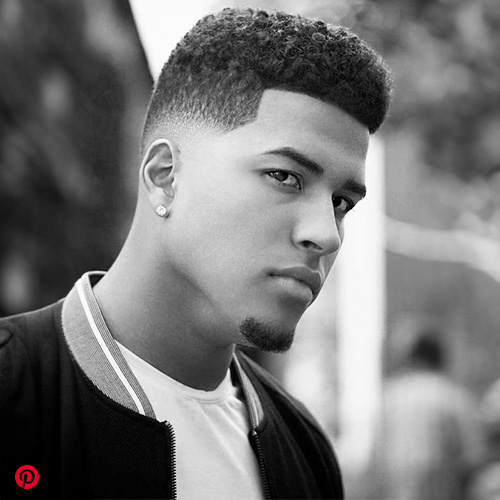
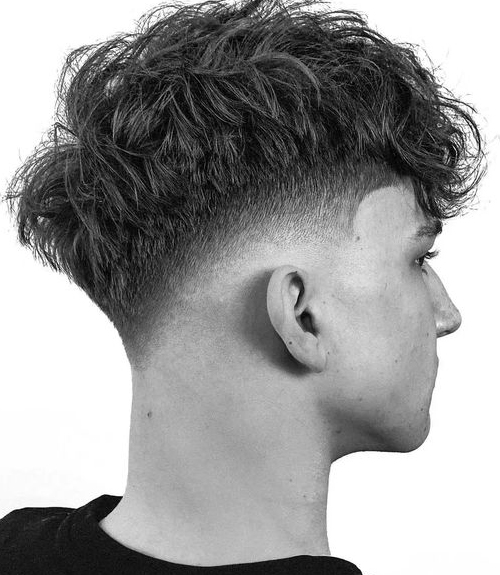
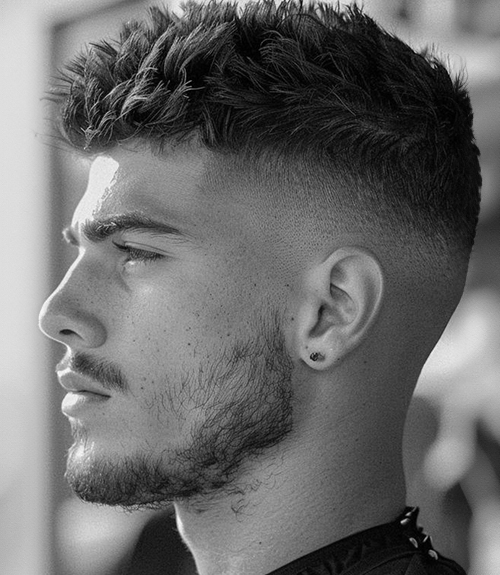
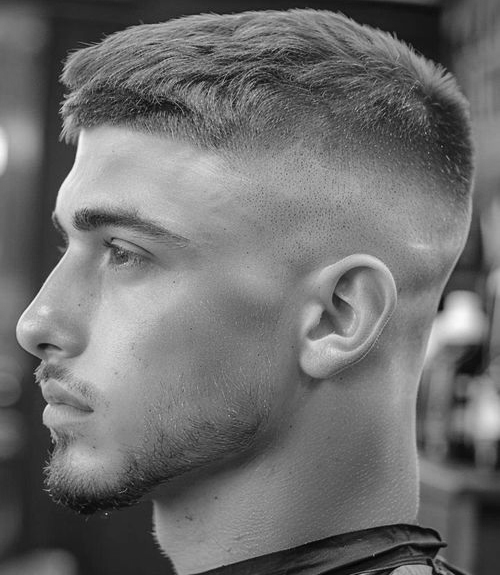
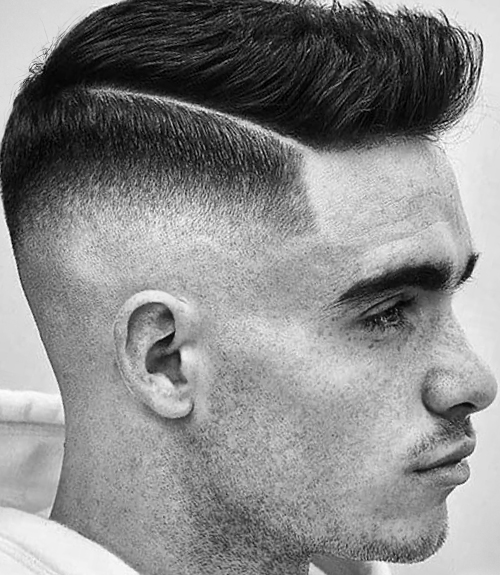
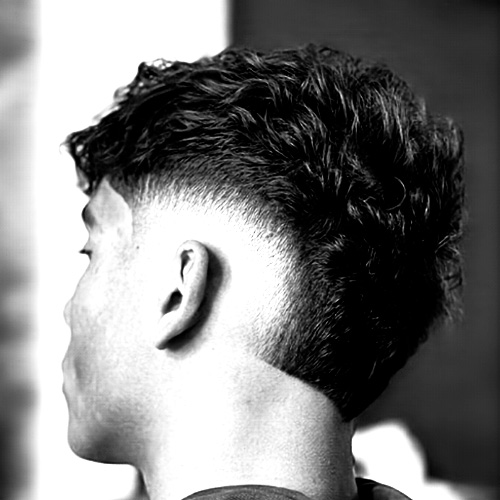
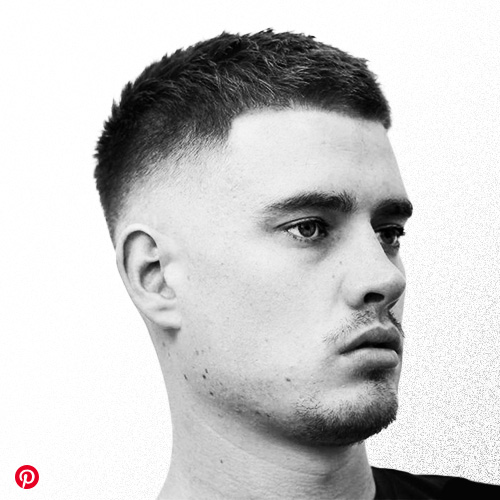
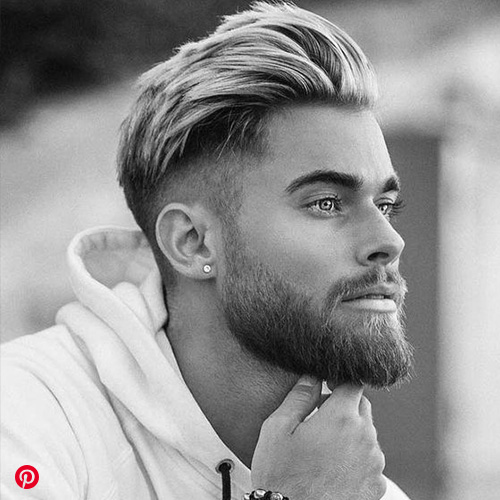
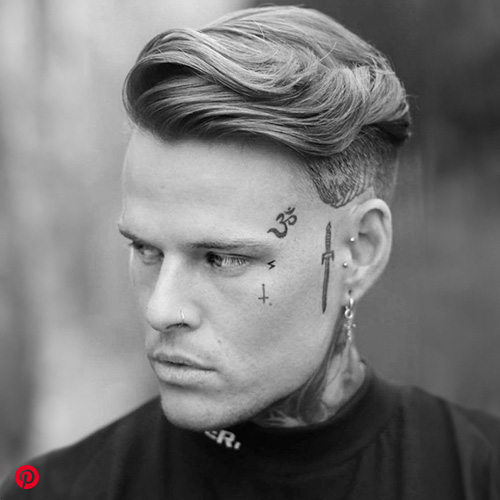

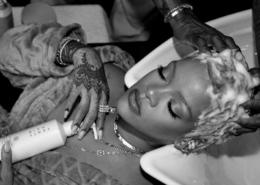 https://fentybeauty.com/pages/fenty-hair
https://fentybeauty.com/pages/fenty-hair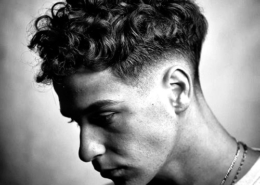 https://hairmanz.com/wp-content/uploads/2021/04/burst-fade-haircut-8.jpg
https://hairmanz.com/wp-content/uploads/2021/04/burst-fade-haircut-8.jpg


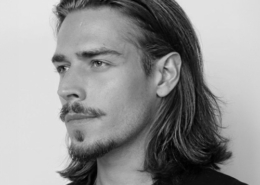 https://www.pinterest.com/pin/1009158228975974664/
https://www.pinterest.com/pin/1009158228975974664/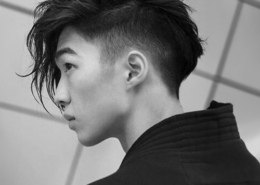 https://www.pinterest.com/pin/291326669658065647/
https://www.pinterest.com/pin/291326669658065647/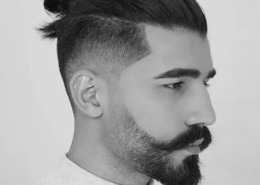 https://www.pinterest.com/pin/153826143515384596/
https://www.pinterest.com/pin/153826143515384596/

